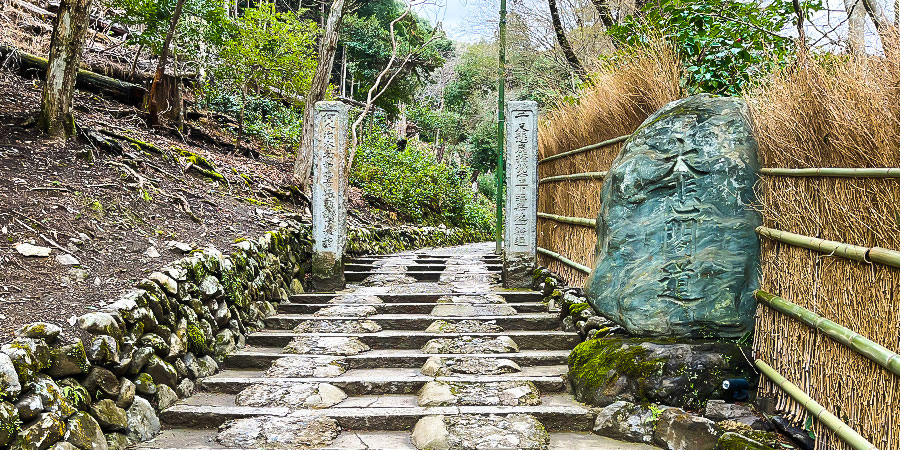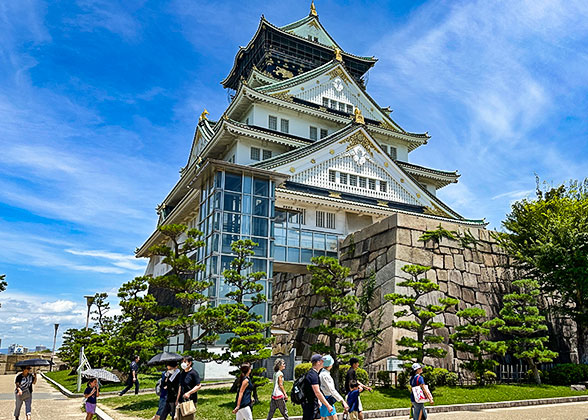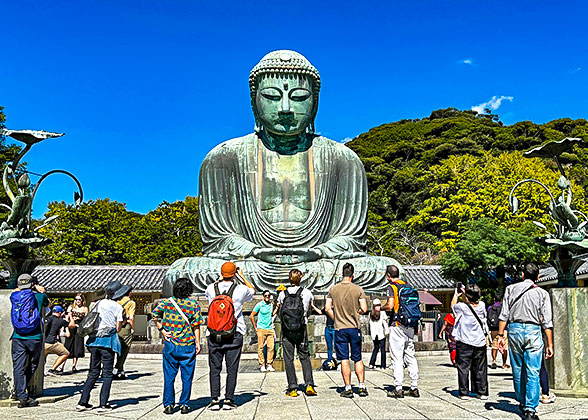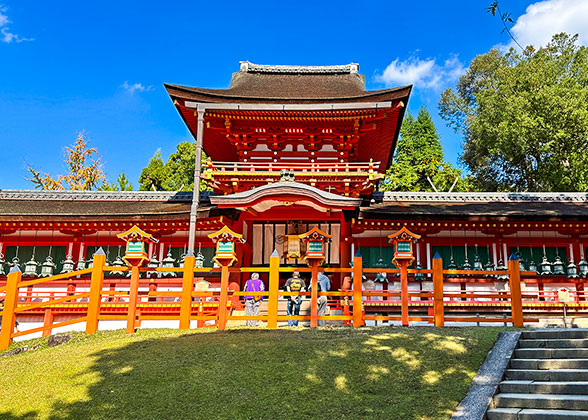- Do I Need a Visa?
- Visa-Free Travel
- How to Plan Your First Japan Trip
- How Long to Stay
- How to Spend One Week
- Cheapest Month to Visit
- Expensive Months to Visit
- Is There a Big Language Barrier
- Is It Safe to Travel in Japan
- How Much Does a Japan Trip Cost
- Payment Codes
- Money Exchange
- Currency in Japan
- 10 Things to Know Before Departure
- 15 Tips for First-Timers
- Top 6 Hiking Destinations
- WiFi & SIM Card
- Power Sockets
- Ultimate Guide for Hiking/Trekking
- Are Vaccines Needed?
- China’s Tourism VS Japan’s Tourism
- Do I Need to Tip
The Ultimate Guide for Hiking/Trekking in Japan
Japan is a captivating nation with many alternative trails for hikers and trekkers, as the mountainous terrain is prefect for hiking. Here is a complete guide for hiking in Japan, discover below for details.Is Japan A Good Destination For Hiking/Trekking?
Although Japan is an island country without a vast territory, it’s also a land with the stretches of mountains. Hikers and trekkers could have many options to explore the trails as well as natural wonders of Japan along the way in all seasons. It’s also accessible to escape from the hustle and bustle, and seek for the peace of mind outdoors. Both practiced trekkers and hiking beginners would not be disappointed.

|
Best Time to Hike in Japan
Relatively, spring and autumn are more popular for hiking and trekking in Japan. On the one hand, the climate is pleasant in spring and autumn, neither too hot nor too cold. On the other hand, there are the most charming scenery in the seasons, with various blossoms and red leaves.Nevertheless, Japan is appropriate for hiking all year round. It’s good to explore the breathtaking waterfalls, steaming hot springs, clear streams, and even snow-covered landscapes in winter.

Hiking in Japan - With Cherry Blossoms
|
Where to Hike – Top Hiking Destinations in Japan
Japan is one of the paradises for hiking/trekking on the globe, with a number of trails or hiking destinations to explore. Divine Mt. Fuji is never negligible, even though the trekking on Mt. Fuji is accessible in two months (early July to early September) only. Nakasendo Way is also a popular hiking route in Japan, while the section between Tsumago & Magome is the most visited. Kumano Kodō, the world heritage pilgrimage trail, has been a beloved place for Japanese and trekkers, to find the old hidden shrines and natural beauty in the mountain. In vast mountain region of Japanese Alps, Kamikochi and Tateyama Kurobe are popular alpine hiking routes. Shikoku Henro crossing 88 temples around Shikoku Island and Yakushima Island with the virgin cedar forest all over the mountainsides are also great hiking destinations in Japan.

Magome, Nakasendo Way
|
In addition, Kamakura is also a good hiking place by sea, Mount Yoshino near Nara is popular particularly when the cherry blossoms are blooming in spring, Mt. Takao in west suburbs is prefect for those hikers who are in Tokyo. Daisetsuzan National Park in Hokkaido, Izu Peninsula in Shizuoka, Mount Aso in Oita, etc. are all recommended for hiking/trekking in Japan.
Preparations before Hiking & Tips

Hiking in Japan
|
Read More:
- Japan Trip Planning
-
- 15 Tips for First-Time Travelers to Japan
- 10 Things You Should Know Before Going to Japan
- Do I Need to Tip in Japan
- How to Spend One Week in Japan
- How to Plan Your First Japan Trip
- How Much Does a Trip to Japan Cost
- What Vaccines Are Needed to Travel to Japan
- How Many Days Do I Need in Japan
- Do I Need a Visa to Go to Japan
- Visa-Free Travel to Japan
- Payment in Japan
- Is It Safe to Travel in Japan
- Is There a Big Language Barrier in Japan?
- Japan Night Tours – Top 11 Things to Do at Night
- When Is the Cheapest Month to Visit Japan?
- Peak Season – Expensive Months to Visit Japan
- Internet Connection in Japan - WiFi & SIM Card
- Power Sockets in Japan
You May Like
-
 10 Days Private Tour with Nakasendo Hiking: Tokyo - Mt. Fuji - Tokyo - Nagano - Matsumoto - Nakasendo Way - Kyoto - Osaka from USD2859
10 Days Private Tour with Nakasendo Hiking: Tokyo - Mt. Fuji - Tokyo - Nagano - Matsumoto - Nakasendo Way - Kyoto - Osaka from USD2859 -
 7 Days Mini Group Tour with Essence of Japan: Tokyo - Mt. Fuji - Kyoto - Nara - Osaka from USD2155
7 Days Mini Group Tour with Essence of Japan: Tokyo - Mt. Fuji - Kyoto - Nara - Osaka from USD2155 -
 8 Days Mini Group Tour to Tokyo - Hakone & Mt. Fuji - Kyoto - Nara - Osaka - Hiroshima - Osaka from USD2771
8 Days Mini Group Tour to Tokyo - Hakone & Mt. Fuji - Kyoto - Nara - Osaka - Hiroshima - Osaka from USD2771

